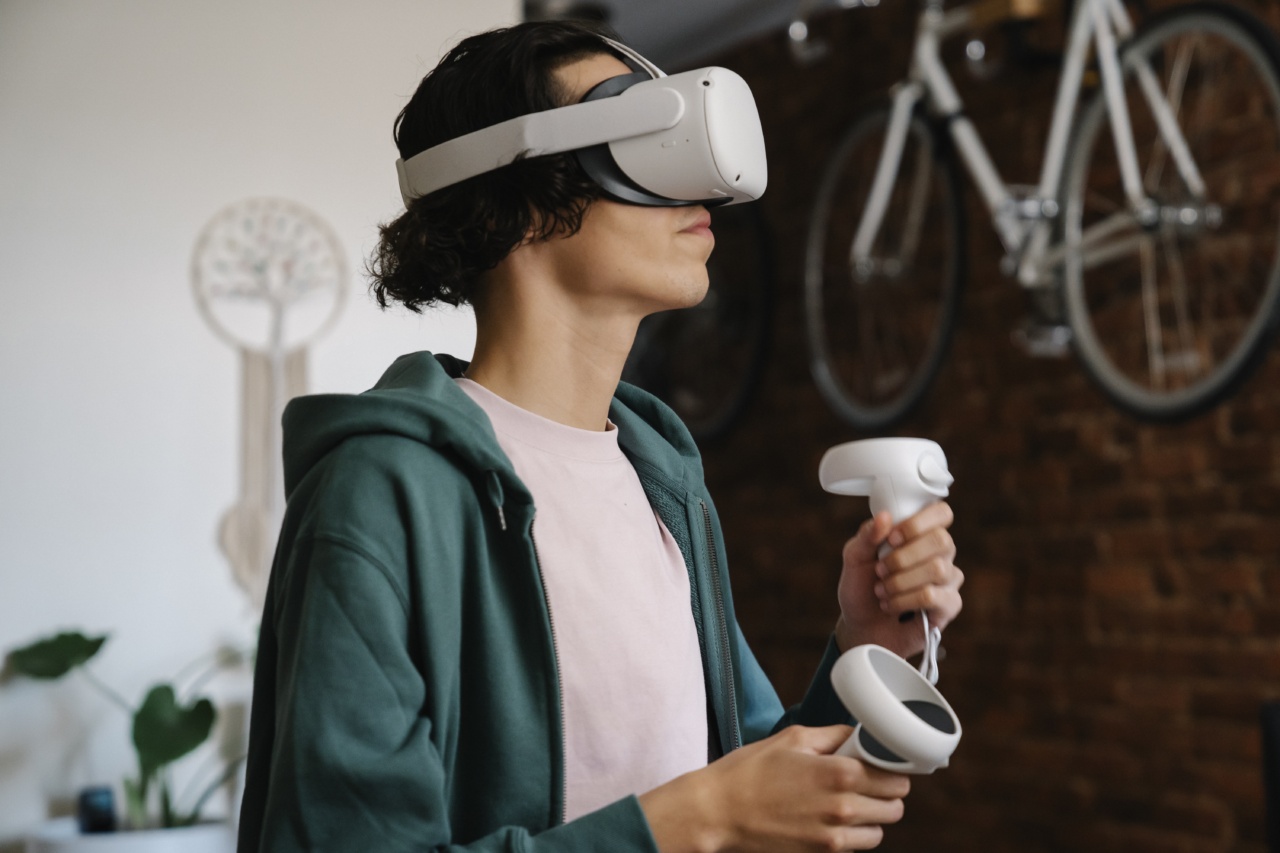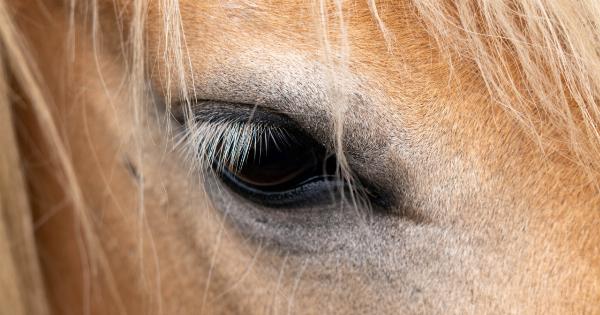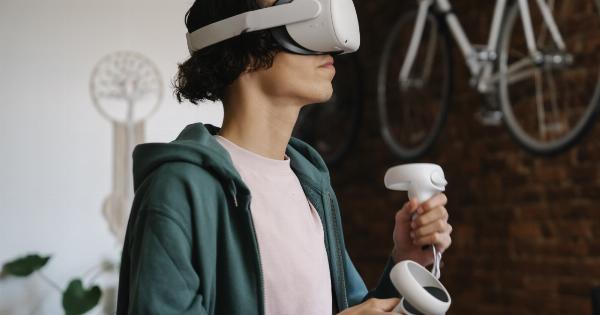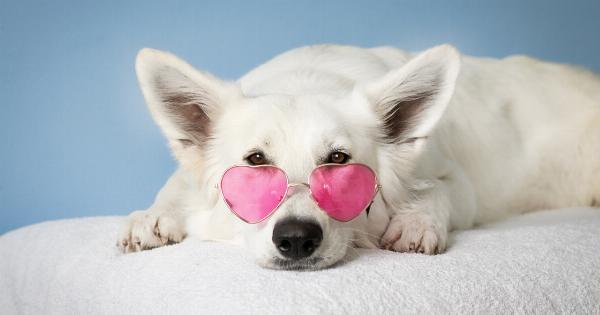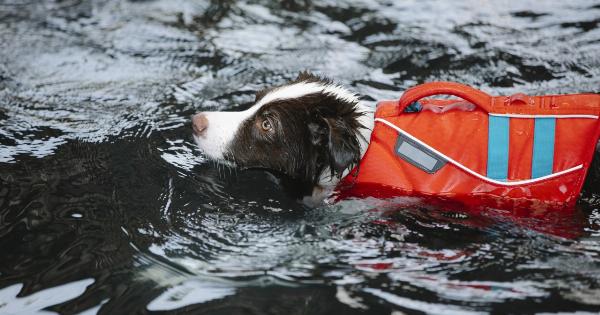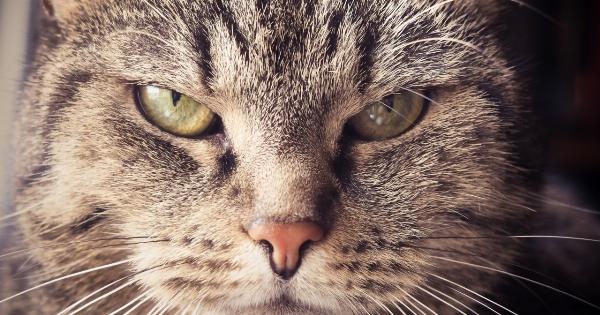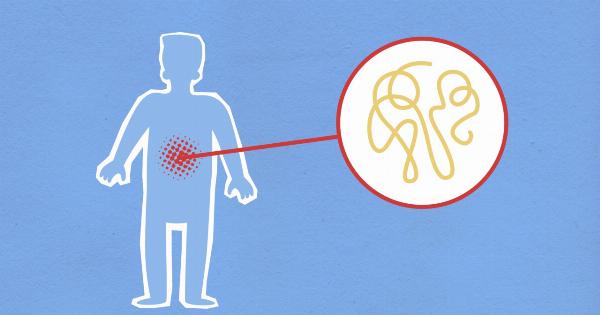Visual perception plays a crucial role in the lives of both dogs and cats, but their visual systems are distinct and tailored to their specific needs and hunting styles.
In this article, we will delve into the fascinating world of visual perception in dogs and cats, exploring their differences and similarities in terms of color vision, depth perception, visual acuity, and motion detection.
Color Vision
Dogs and cats perceive color differently compared to humans. While humans have three types of color receptors (cones), allowing us to see a wide range of colors, both dogs and cats have only two types of cones, making them dichromatic.
Dogs have receptors for blue and yellow-green, whereas cats have receptors for blue and green.
Due to their limited color perception, dogs and cats have a reduced ability to distinguish between colors on the spectrum.
However, recent studies have shown that dogs might have better color vision than previously thought, especially in distinguishing shades of blue and yellow. On the other hand, cats are known to have better vision in dim light but struggle with distinguishing between different shades of gray.
Depth Perception
Depth perception is the ability to perceive the world in three dimensions, allowing animals to judge distances, heights, and spatial relationships accurately.
Dogs have binocular vision, meaning they have overlapping visual fields of both eyes, which enhances their depth perception. This ability is particularly useful for catching fast-moving prey or judging the distance when leaping to catch a ball.
Cats, on the other hand, have monocular vision for the most part. Their eyes are positioned on the sides of their heads, providing them with a wide field of view.
While this gives them an advantage in detecting potential threats from various angles, it reduces their depth perception compared to dogs. However, cats compensate for this limitation with their incredible agility and precise movements.
Visual Acuity
Visual acuity refers to the sharpness or clarity of vision. Cats, being natural hunters, possess exceptional visual acuity.
They have a higher number of photoreceptor cells in the retina, which allows them to see more details and enhances their ability to track small, fast-moving objects effectively. This sharp vision supports their hunting skills, enabling them to stalk prey with precision.
While dogs might not have the same level of visual acuity as cats, they have an exceptional ability to detect motion. Dogs have a higher number of light-sensitive cells (rods) in their retina, allowing them to perceive even slight movements.
This sensitivity to motion is advantageous for dogs in various tasks such as tracking, herding, and chasing.
Motion Detection
Dogs are undoubtedly champions in motion detection. Their keen senses, combined with their ability to detect even subtle movements, make them excellent companions in activities such as search and rescue, tracking, and guiding.
Dogs have specialized cells called “retinal ganglion cells,” which are responsible for motion detection. These cells are particularly sensitive to detecting changes in the surrounding environment, alerting them to potential threats or actions.
Cats also possess incredible motion detection skills, although not as remarkable as dogs. Cats’ eyes are adept at detecting movement in their peripheral vision, thanks to their horizontally elongated pupils and specialized structure of the retina.
This design allows them to quickly spot small, fast-moving prey, maintaining their position as excellent hunters.
Conclusion
While dogs and cats share some similarities in their visual perception abilities, such as their dichromatic color vision, they also have distinct features that support their different lifestyles and hunting styles.
Dogs excel in motion detection, depth perception, and are exceptional companions in various tasks, while cats have exceptional visual acuity and agility, making them incredible hunters. Understanding these differences in visual perception enhances our appreciation for the unique qualities of both dogs and cats.
